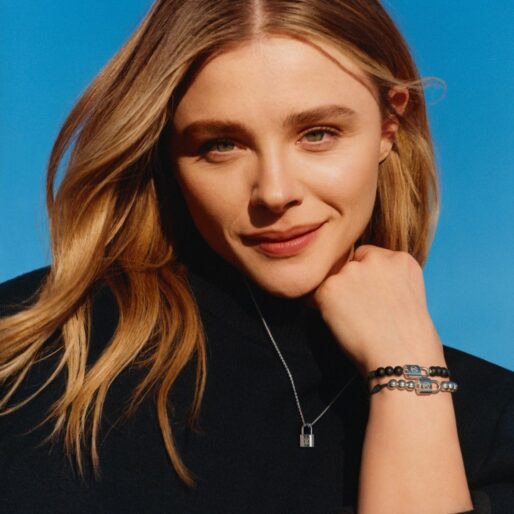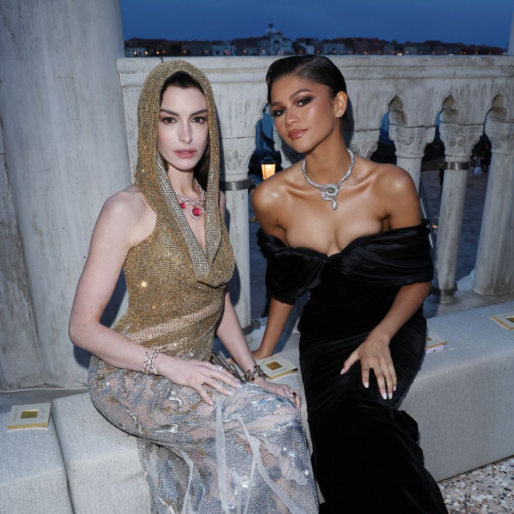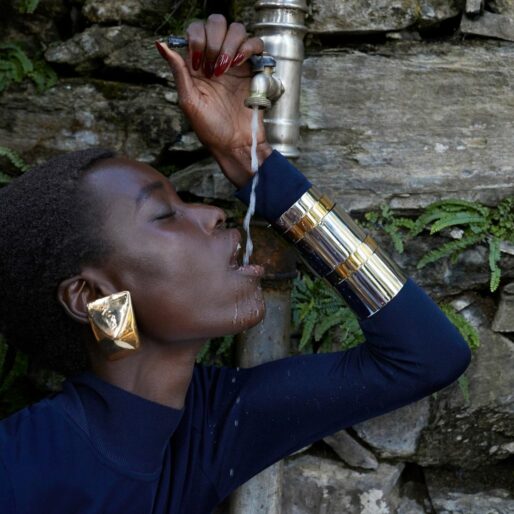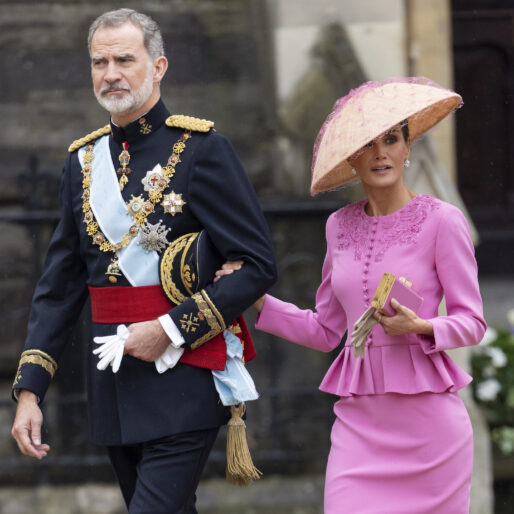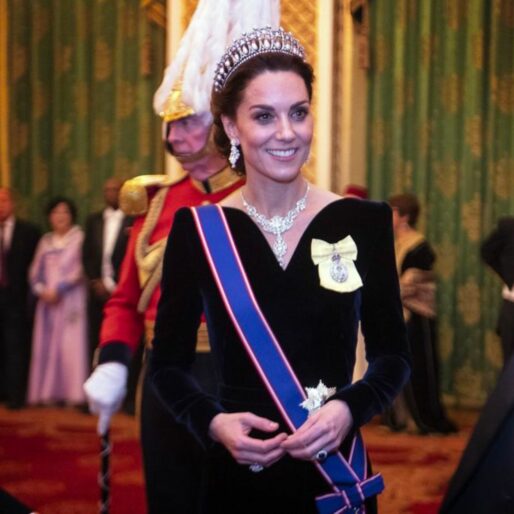Shining examples: Meet the doyennes of Australian jewellery
These three women have remained at the top of their fields in antiques dealing, designing and making.
By Ruby Primrose Stephens

The jewellery industry is an ever-changing landscape, yet these three women have remained at the top of their fields in antiques dealing, designing and making. Ahead, BAZAAR meets the doyennes of Australian jewellery.
Anne Schofield
Since 1970, the Sydney antique jewellery dealer and collector Anne Schofield has been at the helm of her shop, Anne Schofield Antiques, in Woollahra, and recently donated more than 100 pieces from her historic gemstone jewellery collection to the Powerhouse Museum — a substantial gift worth almost $2 million. Her love of jewellery was sparked in the 1960s when she moved to London and spent time getting to know the antique jewellery specialist dealers along Bond Street. Throughout her career, she has been passionate about inspiring and educating a new generation of jewellery enthusiasts through publications and exhibitions.

Harper’s BAZAAR: What inspired you to become an antique dealer?
Anne Schofield: I became very interested in the history of fashion, and I went to London soon after I graduated [my arts degree]. My time there inspired me to begin working in the antiques trade, particularly antique costume and jewellery. My mother was also a milliner, so I was brought up with clothes and adornments. I liked craft because I could see the way she made things.
HB: What do you think are the most important qualities that one should look for when acquiring and preserving antiques?
AS: I think the most important qualities are beauty and rarity. Something rare is very special. You must always check that it’s in perfect condition and has fine workmanship. These are all extremely important, especially for jewellery. Jewellery is a wearable thing, and it can easily be lost.
HB: How do you think the antiques industry has changed over the years, and what are some of the challenges today?
AS: There hasn’t been a great deal of knowledge around antique jewellery. Back in the ’70s, I used to take collections of jewellery to various capital cities and give talks. I went everywhere — Brisbane, Melbourne, Adelaide, Perth — and I would always take a collection of jewellery with me. I’d show the jewellery and educate people about it. It’s changed a lot because of the internet and the developments in photography. It’s extremely challenging these days because there’s less personal experience and it’s important to be able to handle the jewellery yourself. It’s the most personal of the applied arts.
HB: What legacy do you hope to leave behind?
AS: My legacy would be my two books and the gift to the Powerhouse, which will be on display at the 1001 Remarkable Objects exhibition in July. This will be the first time my jewellery collection will be on display.
Lola Greeno
Lola Greeno is an Indigenous shell artist, curator, educator and arts worker who is renowned for her intricate shell necklaces. Her artistry is deeply influenced by her tight-knit Tasmanian community, experiences of living on Cape Barren Island and most importantly, the bond she had with her mother.

HB: What inspired you to become a necklace maker and fibre artist?
Lola Greeno: I was inspired by my mother, and learnt that Tasmanian Aboriginal shell necklaces were a significant part of our women’s cultural practice. As I began to learn more, fibre art was the next most important practice that almost died out within our community. However, as part of my role as program officer for Arts Tasmania, we reviewed what plant fibres and what techniques women used to make plant fibre baskets. I was motivated from the interest we gained from working with our local Aboriginal women, tutoring workshops through a range of knowledge, and skills from plant fibres to dyeing and printing on fabrics.
HB: What is your most significant accomplishment?
LG: I consider my most significant accomplishment when I received the Red Ochre Award in 2019 for lifetime achievement in the arts and contributions. I am proud to have initiated a number of projects including: The Exhibition Tayenebe: Tasmanian Aboriginal women’s fibre work in 2008 and Kanalaritja: An Unbroken String in 2012.
HB: How has your artform changed over the years, and what are some of the biggest challenges facing artmakers today?
LG: Cultural pieces are being replaced by contemporary pieces printed in 3D plastic material. Is this fake art or fake culture?
HB: What legacy do you hope to leave behind?
LG: To encourage our next generations to continue their cultural practices in shells and in fibre. I would also like to see makers and the community study marine life to protect the shell beds, by offering scholarships to young people and creating new projects to educate our future scholars.
Margot McKinney
Margot McKinney was destined to become a jewellery designer. McKinney’s Jewellers, started by her great-grandfather in 1884, has been a stalwart and major retail success for 139 years. However, it is Margot who has elevated the family name through her eponymous brand and flagship store in Brisbane.

HB: Can you tell me a bit about your family background and how it has influenced your career as a luxury jewellery designer?
Margot McKinney: I’m very fortunate to come from a line of generations before me who were dynamic retailers. We were the largest sellers of Wedgwood, Royal Dalton, fine English china, silverware and crystal. It was a very large department store, but we always sold jewellery, and I think it was the jewellery that really piqued my interest at an early age. I remember when I was in my late teens, always wanting to dress a little bit differently from others and to wear jewellery that stood out. In the 1970s, the business shrunk in a physical sense and became just jewellery.
HB: Are any family heirlooms particularly meaningful to you?
MK: My grandmother and mother always wore a beautiful strand of pearls and beautiful earrings . I grew up with a great appreciation for pearls. [They’re] the only gems that come from a living organism — they are literally miracles of nature.
HB: What is so special, to you, about jewellery?
MK: When you walk into a room and you have beautiful jewellery on, it says something about you before you even utter a word. And it’s the ultimate symbol of love.
HB: What legacy do you hope to leave behind?
MK: I’m not thinking about legacy, I’m way too young [laughs]. I’m fourth generation in our family’s business, and I’m very proud to have the fifth generation coming through — my nephew Andrew McKinney Welch. He’s creative, he’s very hard-working. He’s created his own line called McKinney Welsh, which has just been accepted into Neiman Marcus, which is a great accolade. It’s going to be something to watch.
This article originally appeared in the May 2023 issue of Harper’s BAZAAR Australia/New Zealand. get your copy here.


